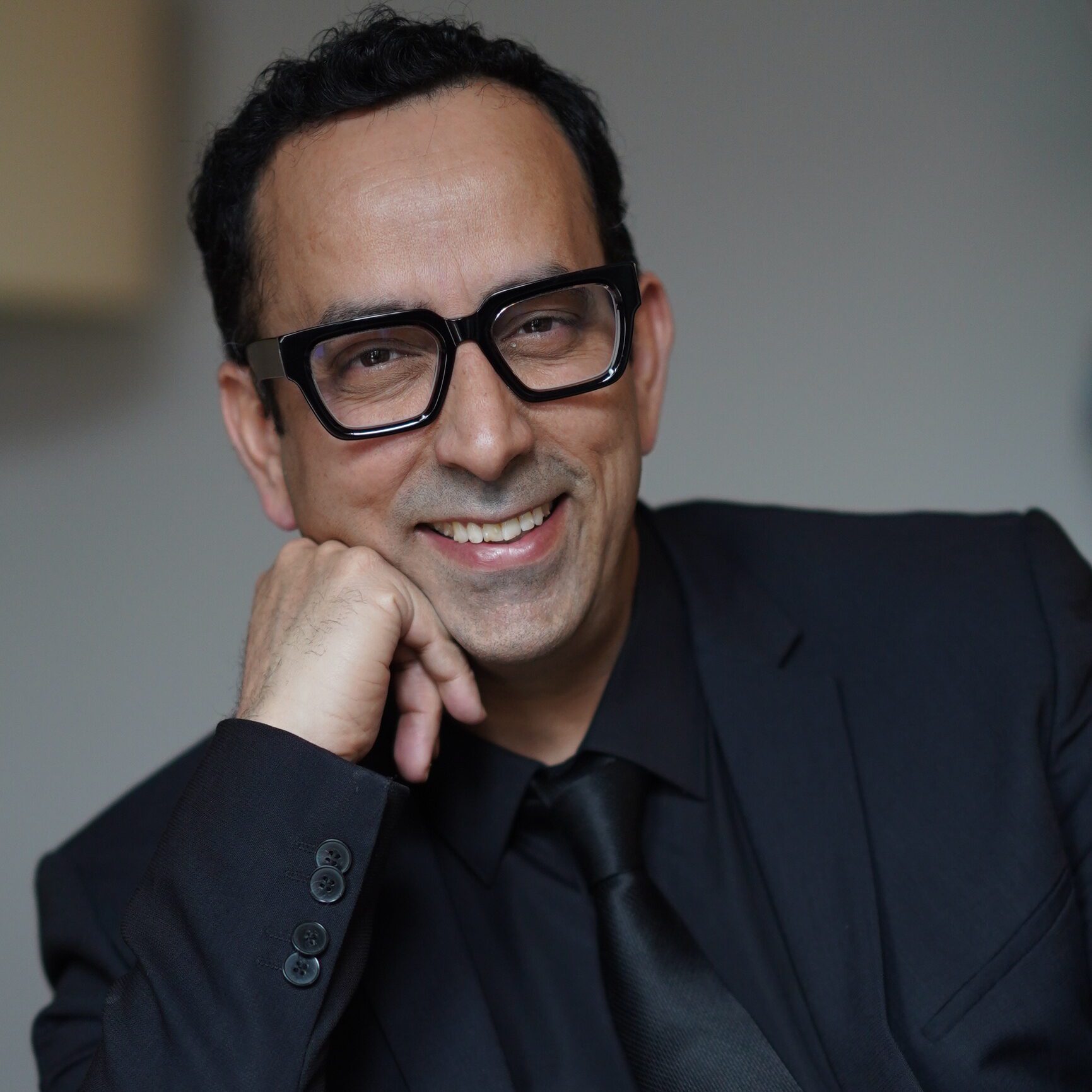By 2030, the global robotics market is expected to surpass $275 billion, with AI playing a crucial role in enhancing the capabilities of robots across industries (Statista). The intersection of artificial intelligence (AI) and robotics is revolutionizing industries by enabling robots to perform more complex tasks with greater precision and adaptability. Visionary keynote speakers are offering insights into how AI and robotics are converging to shape the future of automation, healthcare, manufacturing, and beyond.
Leaders like Daniela Rus, Director of MIT’s Computer Science and Artificial Intelligence Laboratory (CSAIL), and Rodney Brooks, co-founder of iRobot, are at the forefront of AI and robotics innovations. Daniela Rus discusses the growing potential of soft robotics, where AI is combined with flexible materials to create robots that can safely and effectively operate in human environments. Her work in autonomous robots focuses on applications such as search-and-rescue missions and healthcare, where robots can assist in surgeries or aid patients with mobility challenges. Rus highlights how AI-powered robots can learn and adapt to changing environments, improving their ability to complete complex tasks.
Rodney Brooks, known for his work with the Roomba robotic vacuum, emphasizes the role of AI in enhancing the autonomy and collaboration of robots in everyday life. His research focuses on creating robots that can work alongside humans in homes, factories, and hospitals. Brooks envisions a future where robots perform a wide range of tasks—from cleaning and caregiving to complex manufacturing processes—while being intuitive, efficient, and safe to interact with. He also discusses how AI is enabling robots to make autonomous decisions in real-time, based on environmental factors and data.
Applications of AI in robotics are diverse and transformative. In healthcare, robots powered by AI are performing minimally invasive surgeries, assisting in patient rehabilitation, and even providing companionship and care for the elderly. In manufacturing, AI-driven robots are managing assembly lines, performing quality checks, and optimizing supply chains, creating more efficient and flexible production environments. In agriculture, AI-powered robots are being used to automate tasks like planting, harvesting, and monitoring crop health, leading to more sustainable and efficient farming practices. Autonomous vehicles, driven by AI and robotics, are set to revolutionize transportation by improving road safety and reducing human error.
Keynotes also address challenges such as ensuring the safety of AI-powered robots in human environments, the need for transparent AI decision-making, and the potential for job displacement due to increased automation. Speakers emphasize the importance of developing ethical frameworks for deploying AI and robots in ways that complement human work rather than replacing it. Emerging trends like swarm robotics, where multiple robots work collaboratively to complete tasks, and the use of AI in autonomous drones for delivery services, are shaping the future of AI and robotics.
Takeaway? The intersection of AI and robotics is unlocking new possibilities, enabling smarter, safer, and more efficient automation across industries. Engaging with visionary keynote speakers provides technologists, businesses, and policymakers with the insights to responsibly leverage AI-powered robotics, ensuring that these innovations improve productivity, safety, and human quality of life.

